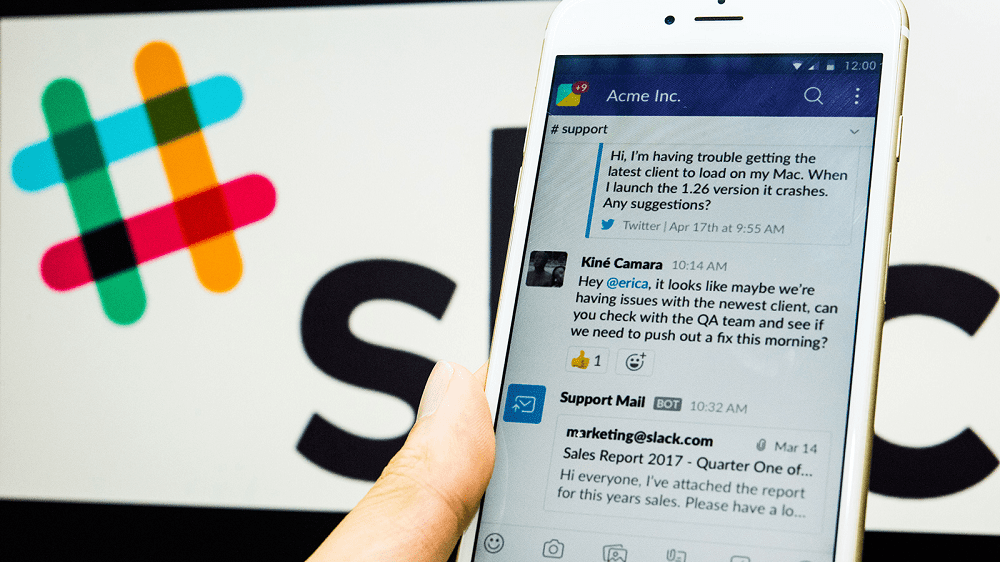Bandwidth is a measure of how much data can be transmitted per second. In terms of Internet speeds, your bandwidth is generally measured in Mbps or megabits per second. The mega in megabits means a million bits, so an Internet speed of 10 Mbps means you can download up to ten million bits of data every second.
Tip: A bit is a single binary 1 or 0 and is represented by a lowercase b. A byte is made up of eight binary bits, such as 11001010, and is represented by an uppercase B. File sizes are generally measured in bytes whereas Internet speeds are advertised in bits.
Bandwidth throttling is the practice of actively reducing your Internet speeds and is generally performed by ISPs.
In some cases, an ISP will choose to reduce or throttle the Internet speeds of its heaviest users. An ISP would do this in order to ensure that it has enough bandwidth across its entire network to service all of its customers at a reasonable level.
Historically ISPs have been known to monitor the Internet usage of their customers and to then throttle certain types of Internet usage. For example, streaming video is a very bandwidth intensive activity. To reduce the overall load on their networks some ISPs actively throttle the speed of connections to streaming websites and other high bandwidth websites. In some cases, ISPs charge an extra fee to remove the throttle, essentially forcing customers to pay twice for the expected service.
In Chrome and other browsers, it is possible to throttle your own Internet connection by using the developer tools. This isn’t a useful feature for most users, as no-one wants slower Internet speeds. It can be useful for web developers though, as it allows them to test how well their websites load on slower Internet connections.
Bandwidth throttling only covers the intentional reduction of Internet speeds. It doesn’t cover any scenario where Internet speeds are reduced due to network congestion or a weak connection.



